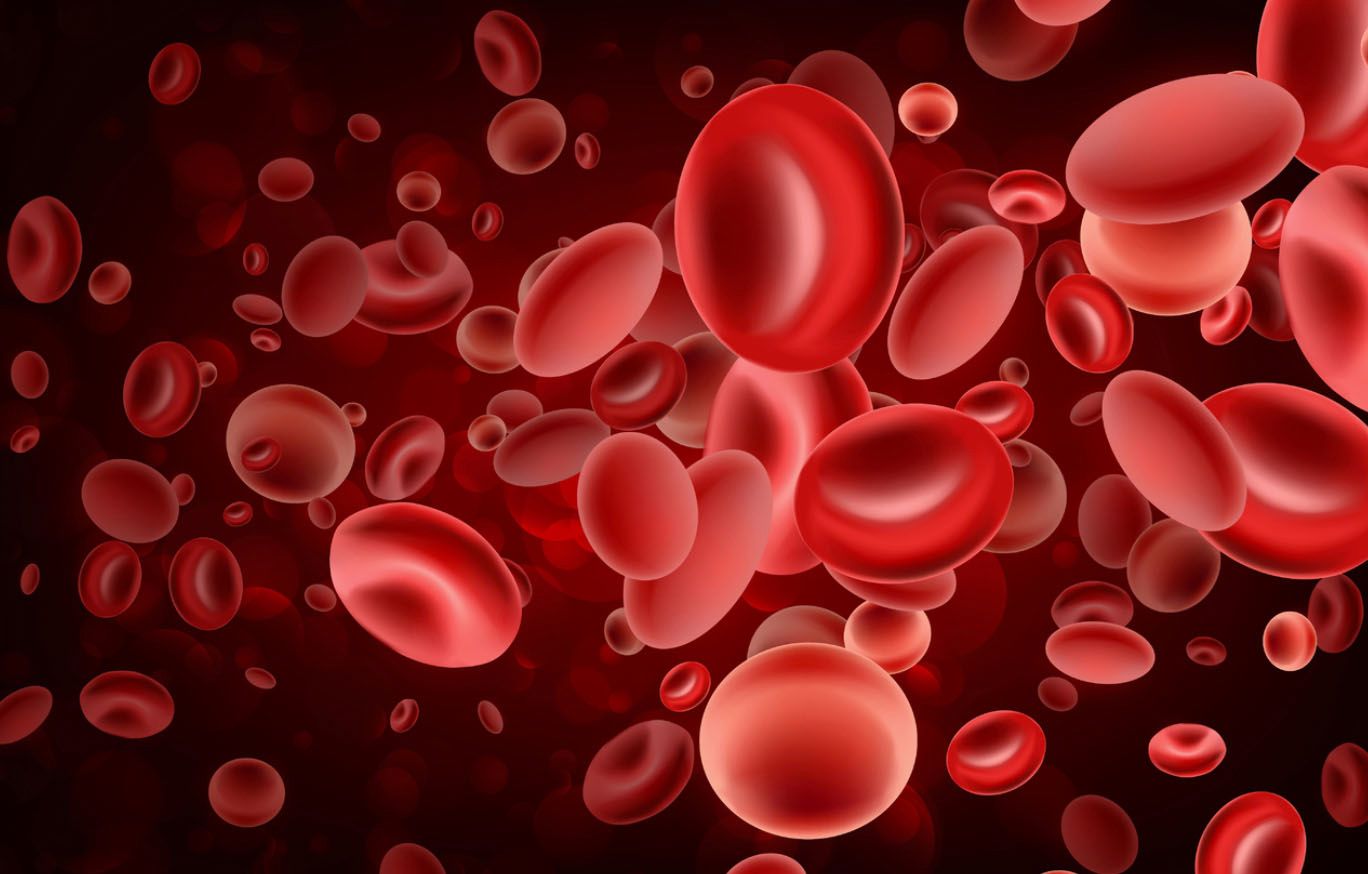Novel Analog Demonstrates Efficacy in Early Recurrent/Refractory AML
A novel agent demonstrated efficacy in treating patients with early recurrent or refractory acute myeloid leukemia when administered via continuous intravenous infusion, according to results from a phase I/II trial recently published in <em>Cancer. </em>The agent was also well tolerated among patients.

A novel agent demonstrated efficacy in treating patients with early recurrent or refractory acute myeloid leukemia (AML) when administered via continuous intravenous infusion, according to results from a phase I/II trial recently published inCancer.The agent was also well tolerated among patients.
“The demonstrated therapeutic efficacy of DFP-10917 monotherapy administered by continuous intravenous infusion for 14 days of a 28-day cycle indicates it is a promising treatment among patients with multiply recurrent AML,” the study authors wrote.
DFP-10917 is a novel deoxycytidine analog that induces DNA strand breaks. When administered for longer periods of time at a low dosage, the agent results in leukemic cell death.
Previous studies have been conducted investigating DFP-10917 in patients with solid tumors at various dosing schedules. The resulting myelosuppression seen in each of these trials suggested that bone marrow cells could have a higher sensitivity to the agent, hence why it was then studied in patients with AML.
The phase I/II trial was conducted at The University of Texas MD Anderson Cancer Center and enrolled patients with disease that was refractory or recurrent following standard therapy or who failed conventional systemic chemotherapy. In the phase II portion of the study, patients aged ≥60 years with newly diagnosed AML who were not eligible for standard care were also eligible.
The phase I dose-escalation portion of the trial focused on the maximum tolerated dose and treatment schedule for the agent over 2 stages. Patients were assigned to receive ascending dosages at either a 7-day continuous intravenous infusion followed by a 21-day rest period schedule in stage 1 or a 14-day infusion in stage 2.
Thirty-nine patients were enrolled in the phase I portion, 27 in stage 1 and 12 in stage 2, and had a median age of 69 years (range, 26-85) with most (59%) having unfavorable-risk cytogenetics. More than half of the patients (53%) had received ≥3 prior treatment regimens.
One patient in stage 1 had a complete response with incomplete blood count (CRi) and 2 patients in stage 2 who were treated at a dose of 10 mg/m2/day achieved a complete response (CR). Seven of 10 evaluable patients also had a ≥50% decrease in bone marrow blasts.
In stage 1, patients received 1 of 8 doses between 4 and 35 mg/m2/day. At the 35 mg/m2/day dose level, a dose-limiting toxicity of grade 3 diarrhea was observed in 1 patient. Additionally, a patient who received 25 mg/m2/day of DFP-10917 had a grade 3 tumor during the second course of treatment and several others had evidence of a transient antileukemic effect.
The investigators chose to start the stage 2 dose levels at 10 mg/m2/day, yet 2 of 4 patients experienced dose-limiting toxicities at this dosage. These patients then received reduced doses and were able to continue treatment. Almost no grade 3/4 nonhematologic adverse events (AEs) occurred among patients in stage 2 treated at a dose of 6 mg/m2/day, so this was selected as the recommended phase II dose at a 14-day continuous infusion schedule.
Phase II focused on the safety and efficacy of DFP-10917 at the recommended dosage and treatment schedule. The primary endpoint of the phase II portion was objective response rate (ORR).
An additional 30 patients were enrolled in the phase II portion and had a median age of 71 years (range, 45-88) and 43% of the patients had unfavorable-risk cytogenetics. About 33% of patients had received ≥3 prior treatment regimens.
Six of 29 evaluable patients achieved a CR (20.7%), 1 had a CR with incomplete platelet recovery (CRp; 3.4%), 7 had a CRi (24.1%), and 2 had stable disease for 8 weeks (6.9%). The ORR was 48.3% (95% CI, 29.4%-67.5%).
“The ORR of 48% noted among the 29 patients who were evaluable for efficacy is substantial for a single-agent approach in patients with recurrent or refractory AML,” the investigators wrote.
Of the 14 responders, the median duration of response was 137 days (95% CI, 75-208). Among these patients, 11 had received a prior cytarabine-based chemotherapy regimen, also 2 patients had high-risk cytogenetics and 1 had inadequate mitoses, the other 11 patients had intermediate-risk cytogenetics.
At 1 month, 92.9% were progression free, 64.3% at 3 months, 50.0% at 4 months, and 42.9% at 6 months.
The median overall survival (OS) was 221 days (95% CI, 118-284) with a 58.6% OS rate at 6 months and a 20.7% rate at 1 year.
No unexpected serious AEs or deaths occurred in phase II that were related to treatment. Treatment-related grade ≥3 AEs included decreased white blood cell count in 53.3% of patients, decreased platelet count in 46.7%, anemia in 36.7%, a decreased neutrophil count in 16.7%, and fatigue in 3.3%. Four patients required dose reductions due to prolonged myelosuppression and/or fatigue.
The investigators noted that a randomized phase III trial for DFP-10917 in patients with AML is planned.
Reference:
Kantarjian HM, Jabbour EJ, Garcia-Manero G, et al. Phase 1/2 study of DFP-10917 administered by continuous intravenous infusion in patients with recurrent or refractory acute myeloid leukemia [published online January 22, 2019].Cancer.doi: 10.1002/cncr.31923.